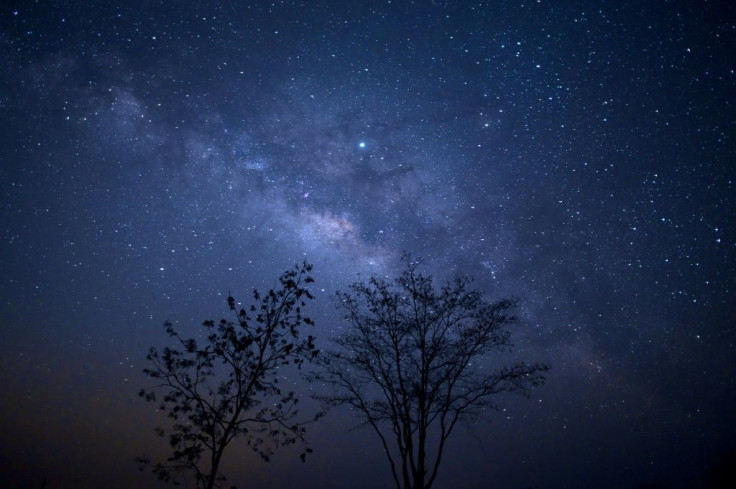Zodiacal Light: How To Spot This Ghostly Celestial Glow

KEY POINTS
- Zodiacal lights are more visible due to less light pollution
- A zodiacal light is the glow produced by the light reflecting off of interplanetary materials
- People residing near the equator can view zodiacal lights throughout the year
The lockdowns caused by the COVID-19 outbreak had lessened the light pollution that Earth is exposed to. As a result, various celestial objects are becoming more visible from Earth, such as the zodiacal light.
The zodiacal light often appears as a faint triangular-shaped glow in the night sky. It often appears within the Sun’s direction along the zodiac, which is an area in the sky that’s about 8 degrees north or south of the ecliptic.
Astronomers previously believed that the zodiacal light was caused by a phenomenon affecting the Earth’s atmosphere. It was thought that the ghostly glow was caused by the Sun’s light reflecting off of Earth’s atmosphere.
However, studies on zodiacal lights revealed that the faint glow was not bouncing off the atmosphere. Instead, the celestial light show is caused by the light from the Sun that’s being reflected off of interplanetary materials. These cosmic materials, which have various sizes, are the leftover debris from the formation of the Solar System.
According to a Space.com article by Joe Rao, a guest lecturer at New York’s Hayden Planetarium, zodiacal lights are most visible when they appear almost perpendicular to the horizon. Those in the Northern Hemisphere can view the zodiacal lights after sunset during the months of February and March.
As for those in the Southern Hemisphere, zodiacal lights are mostly visible in the evening during August and September.
Those residing near the equator probably have the best chances of spotting the zodiacal lights. This is because they have access to both the western evening sky and eastern morning sky throughout the year from their location. This means a zodiacal light is almost always visible from this region.
When viewing the zodiacal light, it would be best to use a technique referred to by astronomers as the averted vision. Instead of looking directly at an object, the viewer should focus on its surrounding area in order for the light to hit the most sensitive part of the human eye.
“This is a technique used to see faint objects visually,” Rao explained. “It involves looking to one side of an object's position, rather than directly at it, so that light falls on to the outer part of the retina, which is more sensitive than the center of vision. For viewing the zodiacal light, this technique will put it on the most sensitive part of your eye, and improve your chance of seeing it.”
© Copyright IBTimes 2025. All rights reserved.





















